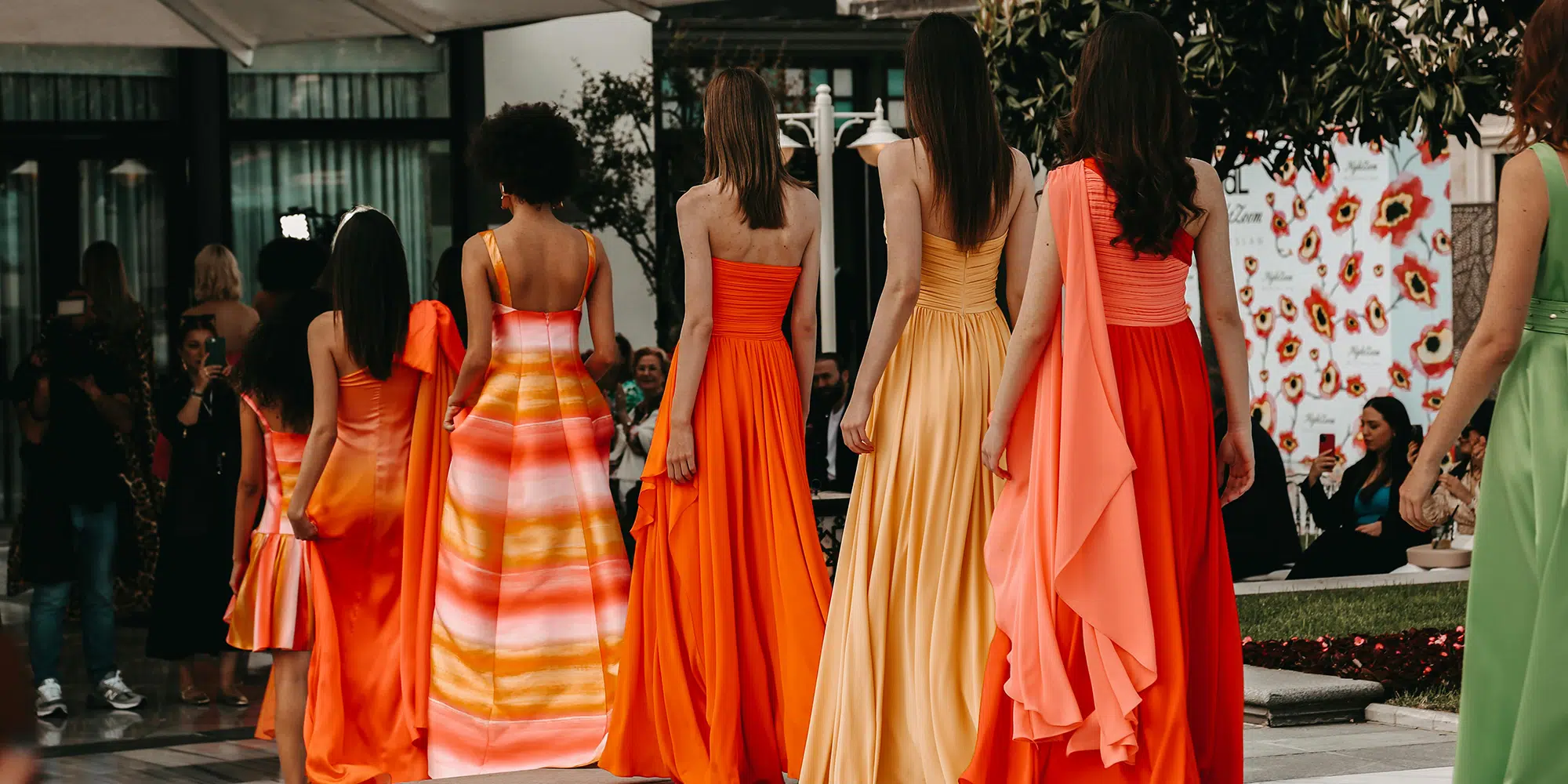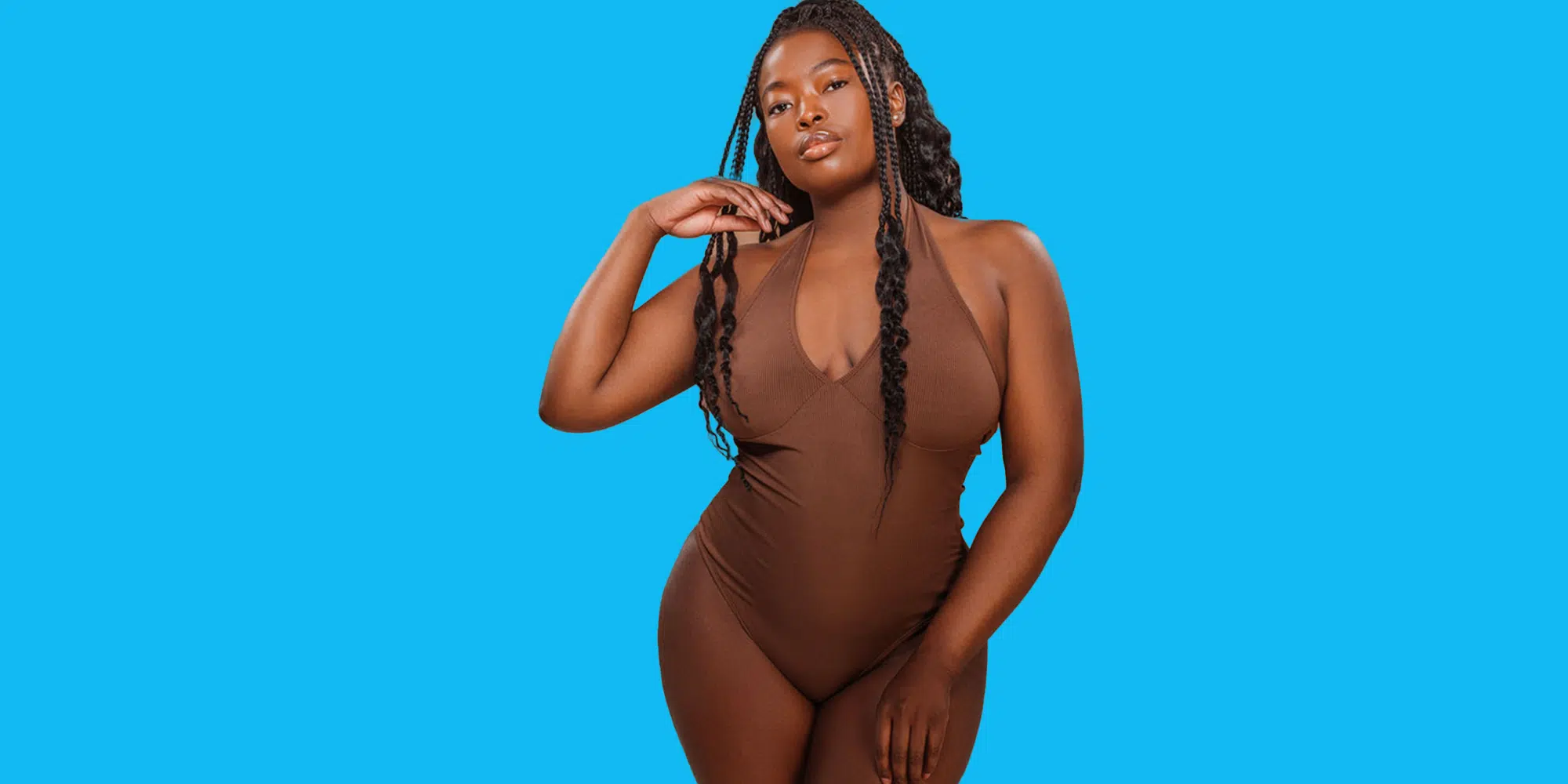


The fashion industry is undergoing a significant transformation, driven by a more inclusive portrayal of beauty, which now highlights the power of body diversity. Curvy women and models are becoming increasingly visible on runways, in advertising campaigns, and across social media, celebrating fuller figures and rejecting the outdated “one-size-fits-all” approach to beauty.
This post explores the rise of curvier models, their impact on modern beauty standards, and how their representation is inspiring a cultural shift. From breaking down stereotypes to fostering self-confidence and acceptance, these models are reshaping the narrative on beauty and promoting inclusivity for all.
Historically, the fashion industry showcased a singular image of beauty: tall, thin, and often Eurocentric. Through the decades, this narrow representation led to the marginalization of those who didn’t fit that mold. It wasn’t until the late 20th century that calls for body diversity gained momentum, with increasing advocacy for wider size representation in fashion.
By the 1990s, terms like “plus-size” emerged, but fuller-figured women were still largely excluded from mainstream visibility. However, as body positivity movements strengthened in the 2000s, the demand for diverse bodies—especially in fashion—became impossible to ignore. Today, thanks to shifting mindsets and consumer demands, models of all shapes are gaining their rightful space in the industry.
The term “curvy” generally refers to models with fuller figures, including pronounced busts, hips, and a defined waist, often presenting a more hourglass shape. Unlike traditional definitions based solely on size, curvy models emphasize proportionality and shape. This expanded representation acknowledges beauty across a spectrum, celebrating bodies that deviate from long-standing, thin-centric ideals.
The emphasis on curves, however, does not necessarily correlate with a specific size label, allowing for a more nuanced and inclusive approach. This modern embrace of varied body types marks a pivotal moment in redefining beauty standards, challenging previous norms that celebrated only one version of attractiveness.
The journey of curvier models into mainstream fashion has been transformative in changing how society views bodies. By taking center stage in campaigns, high-fashion editorials, and advertising, these models encourage a departure from the notion that thin is the only attractive body type. Instead, they promote a vision of beauty that is accessible to people of all shapes, inspiring confidence and dismantling long-held stereotypes.
The presence of fuller-figured women in media validates and uplifts those who have felt excluded, serving as a reminder that all individuals deserve to see their bodies positively represented. Their visibility has sparked an essential shift in societal norms, fostering an environment where people feel empowered to embrace their authentic selves.
The inclusion of diverse models in fashion is intertwined with the rise of the body positivity movement, a campaign encouraging people to love and accept their bodies, irrespective of shape or size. In recent years, this movement has gained widespread recognition, aiming to dismantle harmful stereotypes and promote self-acceptance.
Curvy models have become leading voices within this movement, using their platforms to advocate for body diversity. Many share stories of overcoming the pressures of societal beauty standards, making them relatable to millions of women worldwide. Their influence has shown that beauty is about confidence and individuality, not conforming to a single standard.
Social media platforms such as Instagram and TikTok have revolutionized the way models reach their audiences. Without relying on traditional gatekeepers, curvy models have found spaces where they can connect with followers, share their stories, and inspire change. Influencers like Ashley Graham, Paloma Elsesser, and Tara Lynn have become champions of body positivity, each bringing a unique voice and perspective to their audiences.
Through their social media presence, they have created communities that celebrate inclusivity and body love. These platforms provide a powerful means for spreading messages of acceptance, creating a cultural shift that extends beyond fashion and into everyday life.
Although curvier models are gaining ground, full representation across mainstream media is still a work in progress. Many brands and media outlets still favor certain body types, and models with fuller figures continue to face challenges. However, publications like Vogue and Sports Illustrated have started to feature curvy women more frequently, reflecting consumer demands for more diversity.
This expanded representation challenges old-school beauty ideals, sending a powerful message that beauty is multifaceted and cannot be defined by a single mold. It’s a gradual but meaningful step toward a more inclusive media landscape that values all bodies.
Fashion brands are finally recognizing the need for inclusivity in their designs and marketing efforts. Companies like Aerie, Good American, and Savage X Fenty have received praise for featuring a wide range of models in their campaigns, catering to a more diverse audience. Rihanna’s Savage X Fenty, in particular, has gained attention for its representation of different body shapes, sizes, and ethnicities, setting a new benchmark for inclusivity in the industry.
By showcasing models of various body types, these brands cater to a broader demographic, proving that beauty and style are universal. This approach not only aligns with consumer values but also paves the way for future brands to embrace inclusivity at their core.
Despite these strides, challenges persist for curvier models. Many still encounter discrimination, size bias, and tokenization within the industry. Some brands adopt a performative approach, promoting diversity without making genuine commitments to inclusivity.
This ongoing struggle underlines the need for a more authentic shift in fashion culture. Until the industry fully embraces diversity and moves beyond superficial changes, curvy models will continue to advocate for meaningful representation that goes beyond marketing.
The shift toward fuller-figured representation in fashion signals broader changes in society’s approach to beauty. The celebration of diverse body types within the industry is part of a larger movement that challenges long-held ideals. With greater visibility, fuller-figured models inspire a more inclusive understanding of beauty, influencing how individuals perceive their own bodies.
This change has encouraged individuals from all walks of life to appreciate their unique qualities. Models with different body shapes are showing that beauty is subjective and personal, resonating deeply with those who previously felt marginalized.
High fashion has traditionally adhered to rigid body standards, but even this exclusive sector is evolving. Designers like Christian Siriano have made notable efforts to include diverse body types, featuring models of different sizes in runway shows and ad campaigns. This shift reflects a growing understanding that fashion should be accessible to all body types, not limited to one ideal.
As more designers recognize the value of diversity, high fashion is becoming more inclusive. By setting this example, these brands are signaling that all bodies are worthy of high fashion—a message that is long overdue.
The introduction of events such as Plus-Size Fashion Week has been instrumental in showcasing body diversity. These events provide fuller-figured models with platforms to shine, while also giving designers an opportunity to cater to the plus-size demographic specifically. Plus-Size Fashion Week is helping normalize diverse body types and encouraging the industry to reflect real-life beauty.
Some of the most successful and influential figures in the industry today are fuller-figured models who have broken barriers and led the way toward greater inclusivity:
Ashley Graham has become a household name, appearing on covers of major magazines and advocating for body positivity.
Paloma Elsesser has walked the runway for designers like Fendi and Alexander McQueen, establishing herself in high fashion.
Precious Lee, a trailblazer in her own right, made history as the first Black, curvy model to be featured on American Vogue, advocating strongly for racial and body diversity.
These models, among others, have shifted perceptions and paved the way for future generations, showing that success in fashion is not bound by size.
What differentiates curvy models from other models?
Curvy models often highlight fuller, more defined proportions. Unlike traditional models, they bring visibility to shapes that have historically been overlooked in mainstream fashion.
Why are curvy models important to fashion?
Their presence challenges outdated beauty standards, inspiring people of all sizes to embrace their bodies and redefining fashion to be more inclusive.
How has social media influenced the representation of fuller-figured models?
Social media allows direct connections with audiences, empowering curvy models to advocate for body positivity without traditional restrictions, amplifying their reach and influence.
Are fuller-figured models only seen in plus-size campaigns?
While they are prominent in plus-size collections, many are also featured in mainstream campaigns, runways, and high-fashion editorials, reflecting a broader trend toward inclusivity.
What barriers do curvier models still encounter in fashion?
Challenges include size discrimination, tokenism, and limited opportunities in certain fashion sectors, underscoring the need for continued advocacy and change.
Who are some notable models challenging beauty standards?
Ashley Graham, Paloma Elsesser, and Precious Lee are among the most influential, each bringing visibility to body diversity and promoting acceptance in the industry.
The inclusion of fuller-figured models in fashion represents more than a trend—it’s a cultural movement toward a more inclusive beauty standard. By challenging narrow ideals, these models inspire confidence and help people appreciate beauty in all its forms. As the industry continues to evolve, curvy models will remain at the forefront, reminding us that beauty truly embraces all shapes and sizes.